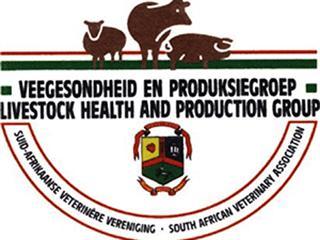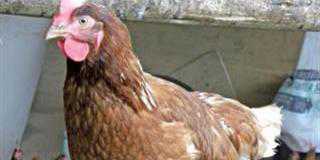
Internal parasites
Mortalities occurred and farmers are again reminded of the clinical signs which parasites cause: snotty noses (lungworm and nasal bot larvae); anaemic mucous membranes (wireworm, hookworm, liver and conical fluke worms); bottle jaw (wireworm, hookworm, liver and conical fluke worms); loss of weight (various bankrupt worms, nodular and whipworms) and diarrhoea (conical fluke worms, bankruptworms, nodular worms and coccidiosis).
Contact your vet regarding the Five Point Check and Famacha systems, Faecal Egg Count Reduction Test and the different anthelmintic groups for parasite control.
There were many reports of parasite resistance to drugs, so know the status of resistance on your farm and how to handle this ever-increasing problem.
External parasites
There was also an explosion of the various tick species. Ticks do not only suck blood, cause hide and udder damage, cause abscesses and foot problems, they’re also carriers of diseases such as Asiatic and African red water, anaplasmosis, heartwater, while the toxin of the bont-legged tick causes sweating sickness.
A tick control and vaccine strategy needs to be implemented and many factors have to be taken into consideration, such as life-cycles, tick resistance to acaricides, rainfall paterns, resistant cattle and dipping methods to name a few.
Consult your vet.
Flies are abundant and cause fly worry especially in dairies. They also transmit pathogens that cause diseases such as anaplasmosis, opthalmia, mastitis and diarrhoea in calves. Certain pyrethroids such as deltamethrin are the drugs of choice in controlling flies, midges and mosquitoes.
Venereal diseases
It is with great concern that reports are still received of low calving percentages due to trichomonosis and vibriosis. Pregnancy examinations and testing of bulls for these diseases should be done in the near future as the breeding season comes to an end in many cases.
Take corrective actions if necessary and scale up biosecurity measures.
Insect-borne diseases
Lumpy skin disease, three-day stiff sickness, bluetongue and African horse sickness were reported. Fortunately, there seem to have been no outbreaks of Rift Valley fever and Wesselsbron disease.
It’s hoped that most susceptible animals have already been vaccinated against these diseases. If an outbreak occurs, move livestock to the highest camps on the farm; valuable animals should be sprayed with an insecticide and brought indoors at dusk.
Zoonotic diseases
We have to work together to get brucellosis under control for the benefit of all. Biosecurity measures should be heeded, animals tested, positive animals slaughtered and all heifers vaccinated between the ages of four and eight months with CA Strain 19 vaccine. Movement control should also be stepped up to prevent positive animals infecting clean herds.
Bacterial diseases
Reports of livestock dying of blackquarter, swelled head, pulpy kidney, red and blood gut, tetanus, botulism, E. coli, salmonellosis and pasteurellosis were received. In most cases animals were not vaccinated or booster vaccinations had not been given. Discuss your vaccination programme with your vet and immunise your animals in time.
Viral diseases
For snotsiekte there is no vaccine and biosecurity measures should be implemented.
Bovine respiratory disease(PI 3, IBR, BVD, BRSV) can be controlled through proper vaccination programmes – consult your vet.
Reports of diarrhoea in calves caused by rota and corona viruses were received. Pregnant dams should be vaccinated before calving to prevent these diseases.
Feedlot Report
Sheep feedlots
Pneumonia, foot rot, foot abscesses, prolapses and urinary calculi occurred sporadically. Pulpy kidney and adaptation problems go hand in hand. Sheep in poor condition and severe worm infestations were encountered.
Cattle feedlots
Numerous blackquarter mortalities occurred. Clostridium sordelli and Clostridium novyi were isolated in some of the cases. There were instances of anaplasmosis and red water, as well as urinary calculi and severe cases of warts and ringworm.
There were fewer pneumonia cases, except in areas where dust and drought conditions existed. Attachments to the lungs due to pleuritis were common.
Cattle standing in mud after excessive rain developed eczema on the skin of their legs and some legs swelled even up to the brisket and lower body. Liver abscesses were seen in cattle where the rumens were damaged after acidosis incidents.
Pericarditis lesions led to condemned hearts. Old, weak cows adapted with difficulty in the feedlots and mortalities occurred.
View the Livestock Disease Trends Map in your area












